Anniversary of NATO attacks marked
Wednesday marks the 11-year anniversary of the start of the 78-day NATO-led bombing campaign against the Federal Republic of Yugoslavia.
Wednesday, 24.03.2010.
09:36

Wednesday marks the 11-year anniversary of the start of the 78-day NATO-led bombing campaign against the Federal Republic of Yugoslavia. The bombing commenced after failed peace negotiations in Rambouillet, France. Anniversary of NATO attacks marked The attacks ended on June 9 with the signing of the Kumanovo Agreement and the adoption of UN Security Council Resolution 1244. In the bombing, great damage was done to Serbia’s infrastructure, including business facilities, schools, hospitals, media headquarters and cultural monuments. According to varying estimates, in between 1,200 and 3,500 people were killed. The air strikes began on March 24, 1999 at 19:30 CET, at which time the government of Slobodan Milosevic declared that the country was at war. Commemorations will be held on Wednesday for victims of the attacks. Air-raid sirens Sirens will be sounded symbolically throughout the country at noon and will last 60 seconds. SPC Patriarch Irinej will be holding a service in honor of the victims of the bombing at the Saint Marko's Church in Belgrade. Even though 11 years have passed, consequences of the bombing are still visible. One of the most prominent examples is the state military headquarters, located in the center of Belgrade, which remains damaged. In the 78 days of the attacks, 540 buildings were destroyed, 58 bridges and 30,000 homes. The material damage is estimated at about USD 30bn. Restoration began in June 1999, immediately after the war ended, led by then restoration directorate chief, and now Infrastructure Minister Milutin Mrkonjic. The destruction in the town of Cuprija (Beta, file)
Anniversary of NATO attacks marked
The attacks ended on June 9 with the signing of the Kumanovo Agreement and the adoption of UN Security Council Resolution 1244.In the bombing, great damage was done to Serbia’s infrastructure, including business facilities, schools, hospitals, media headquarters and cultural monuments.
According to varying estimates, in between 1,200 and 3,500 people were killed.
The air strikes began on March 24, 1999 at 19:30 CET, at which time the government of Slobodan Milošević declared that the country was at war.
Commemorations will be held on Wednesday for victims of the attacks.
Air-raid sirens Sirens will be sounded symbolically throughout the country at noon and will last 60 seconds.
SPC Patriarch Irinej will be holding a service in honor of the victims of the bombing at the Saint Marko's Church in Belgrade.
Even though 11 years have passed, consequences of the bombing are still visible. One of the most prominent examples is the state military headquarters, located in the center of Belgrade, which remains damaged.
In the 78 days of the attacks, 540 buildings were destroyed, 58 bridges and 30,000 homes.
The material damage is estimated at about USD 30bn.
Restoration began in June 1999, immediately after the war ended, led by then restoration directorate chief, and now Infrastructure Minister Milutin Mrkonjić.



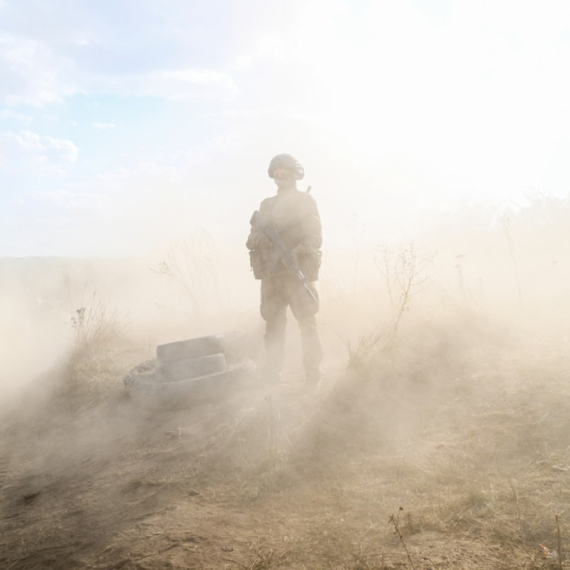
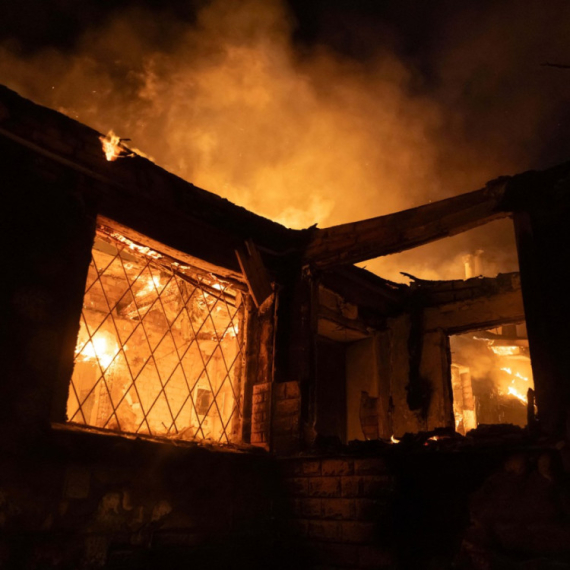
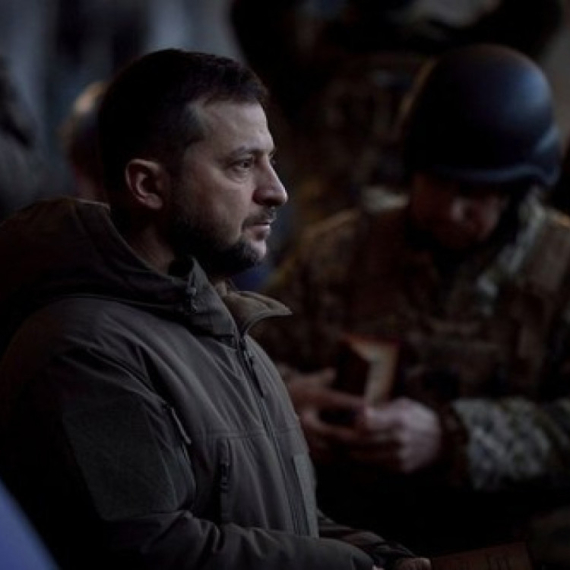
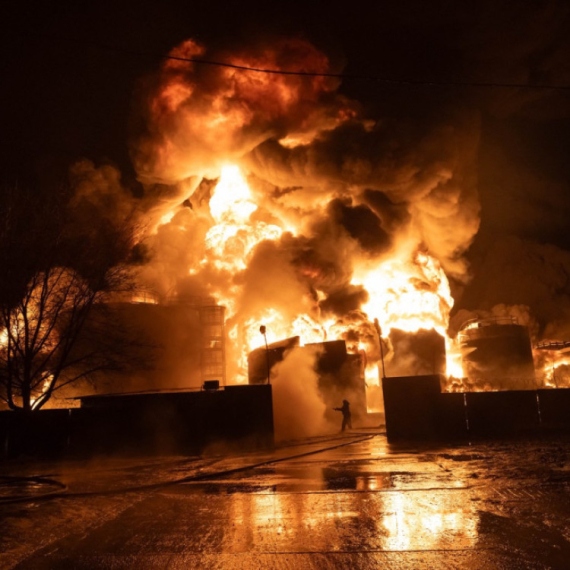



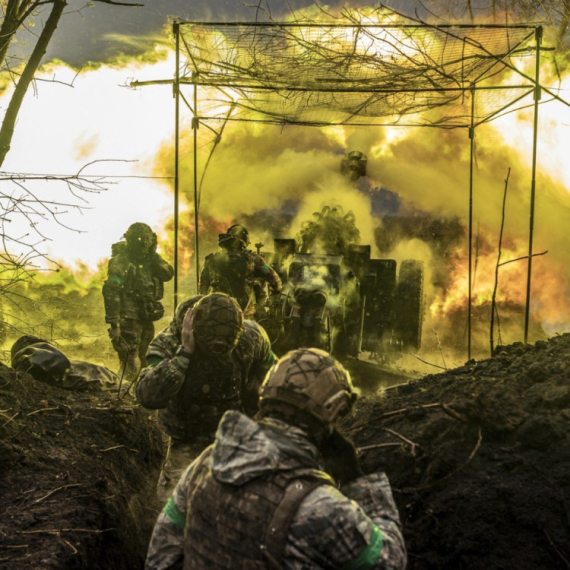

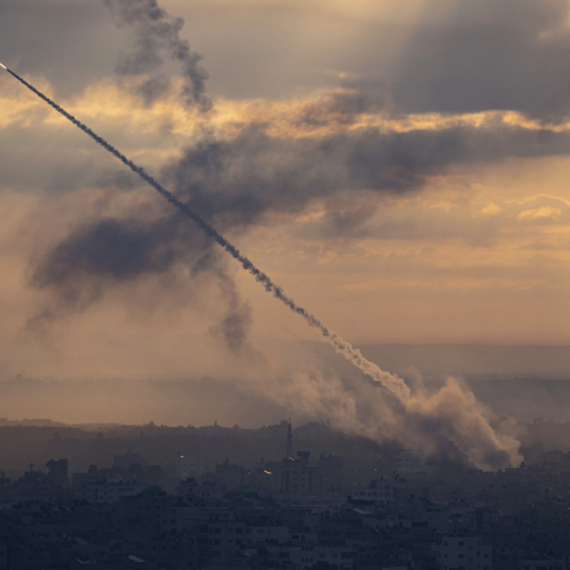







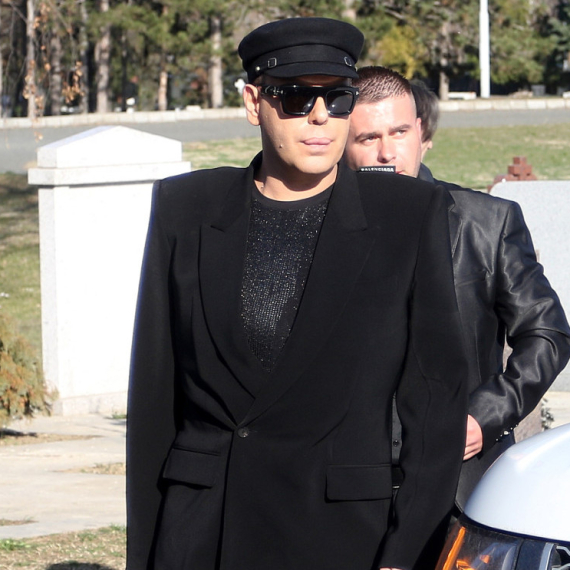










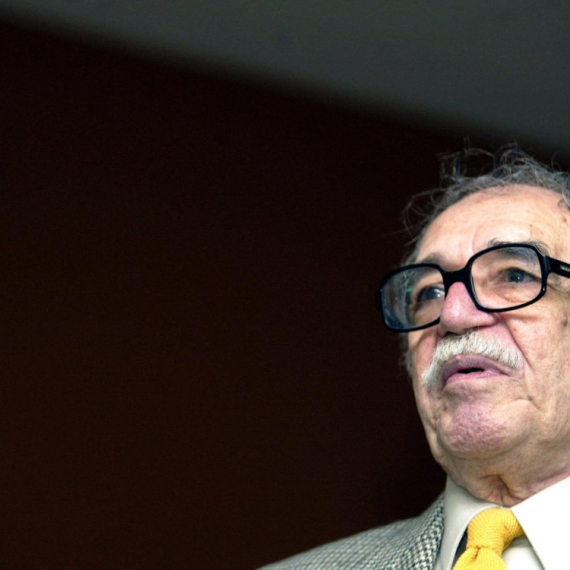





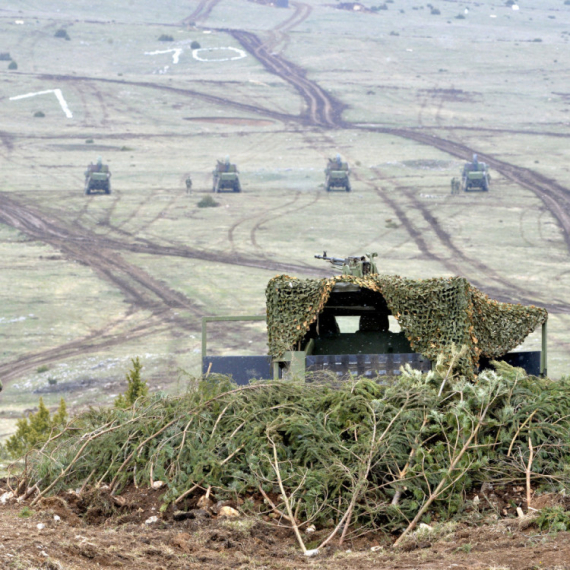
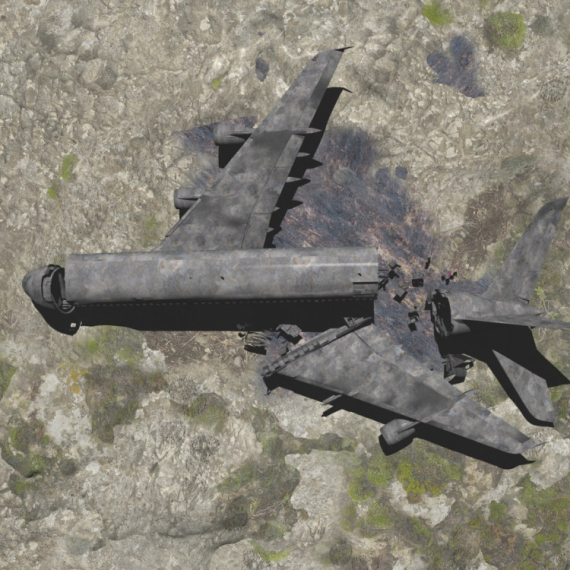
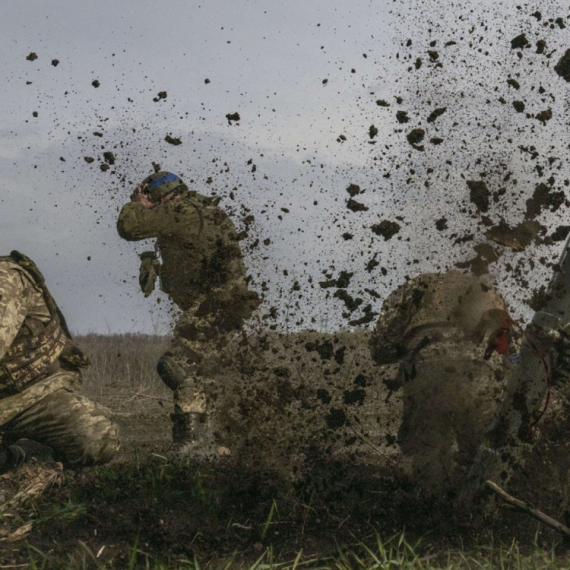















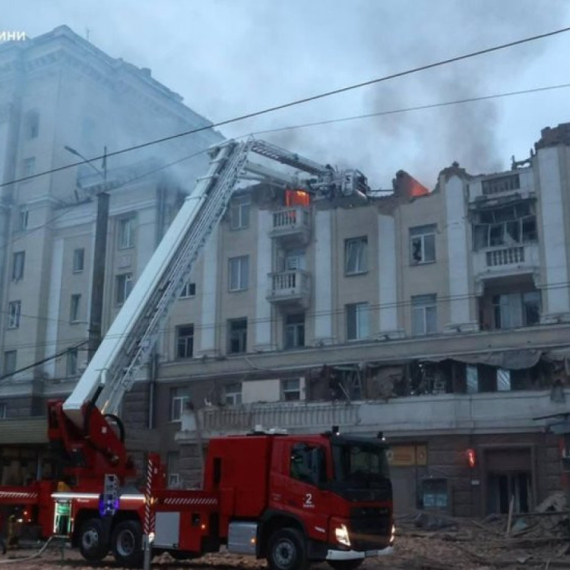


Komentari 54
Pogledaj komentare